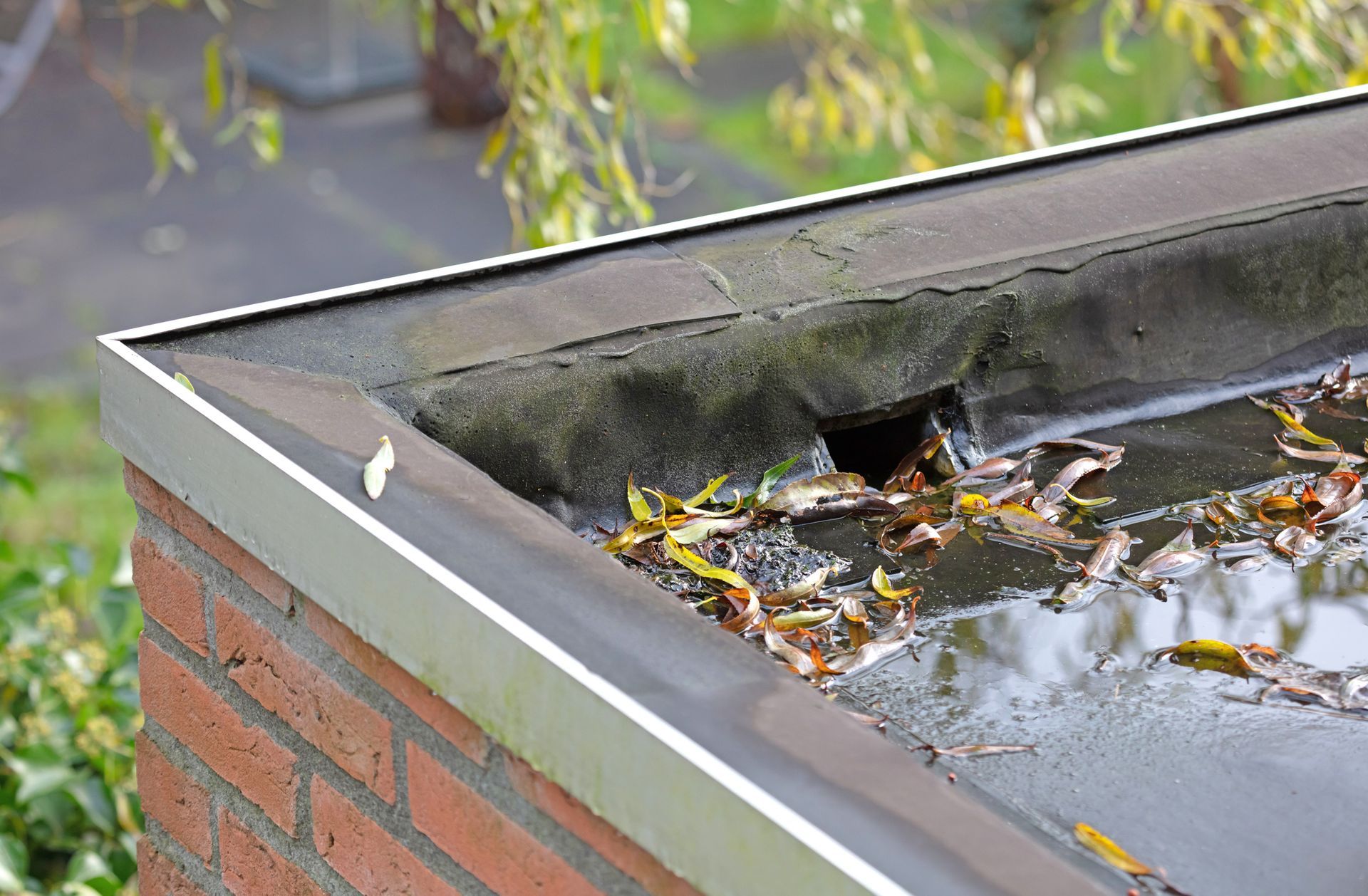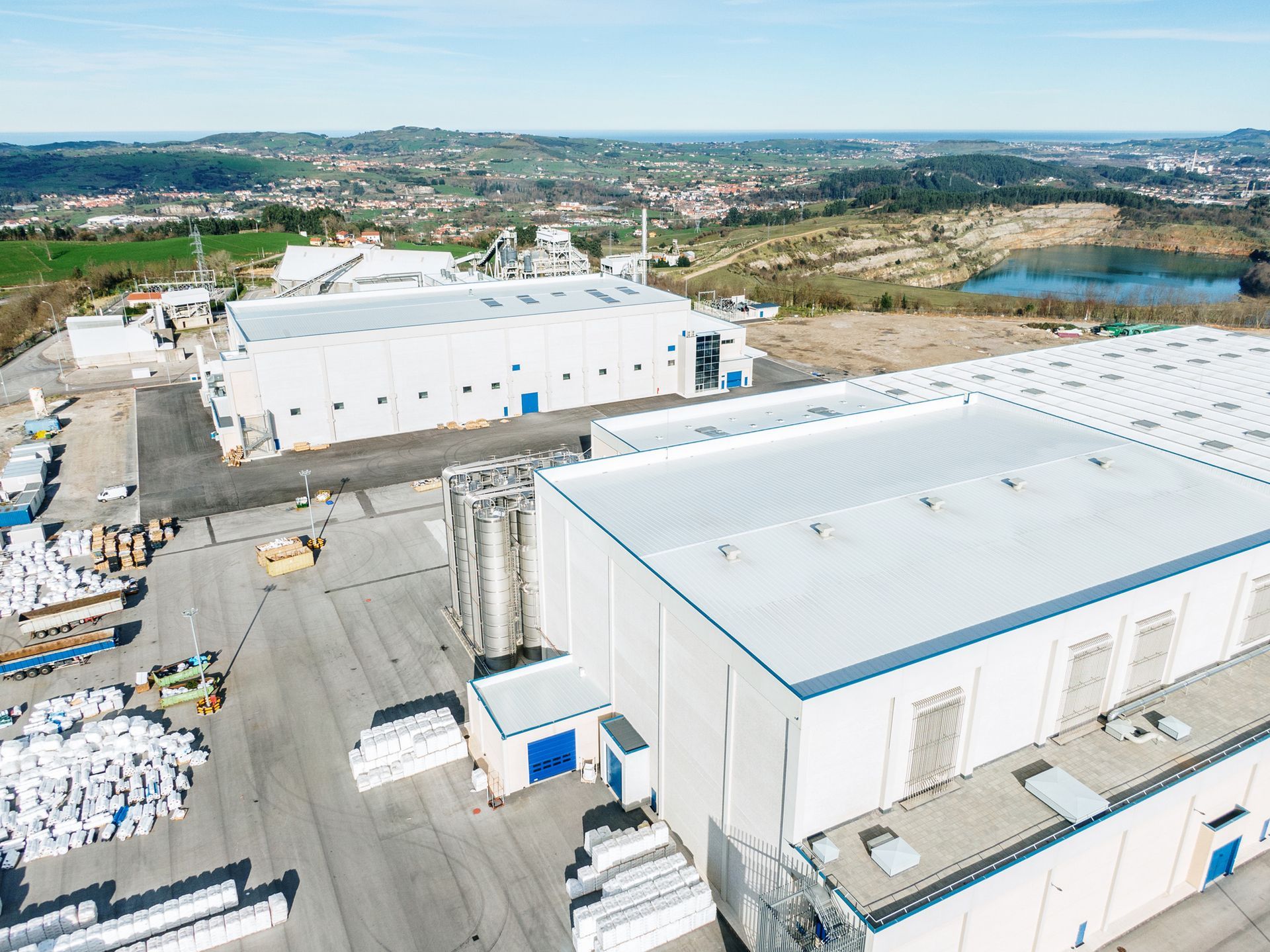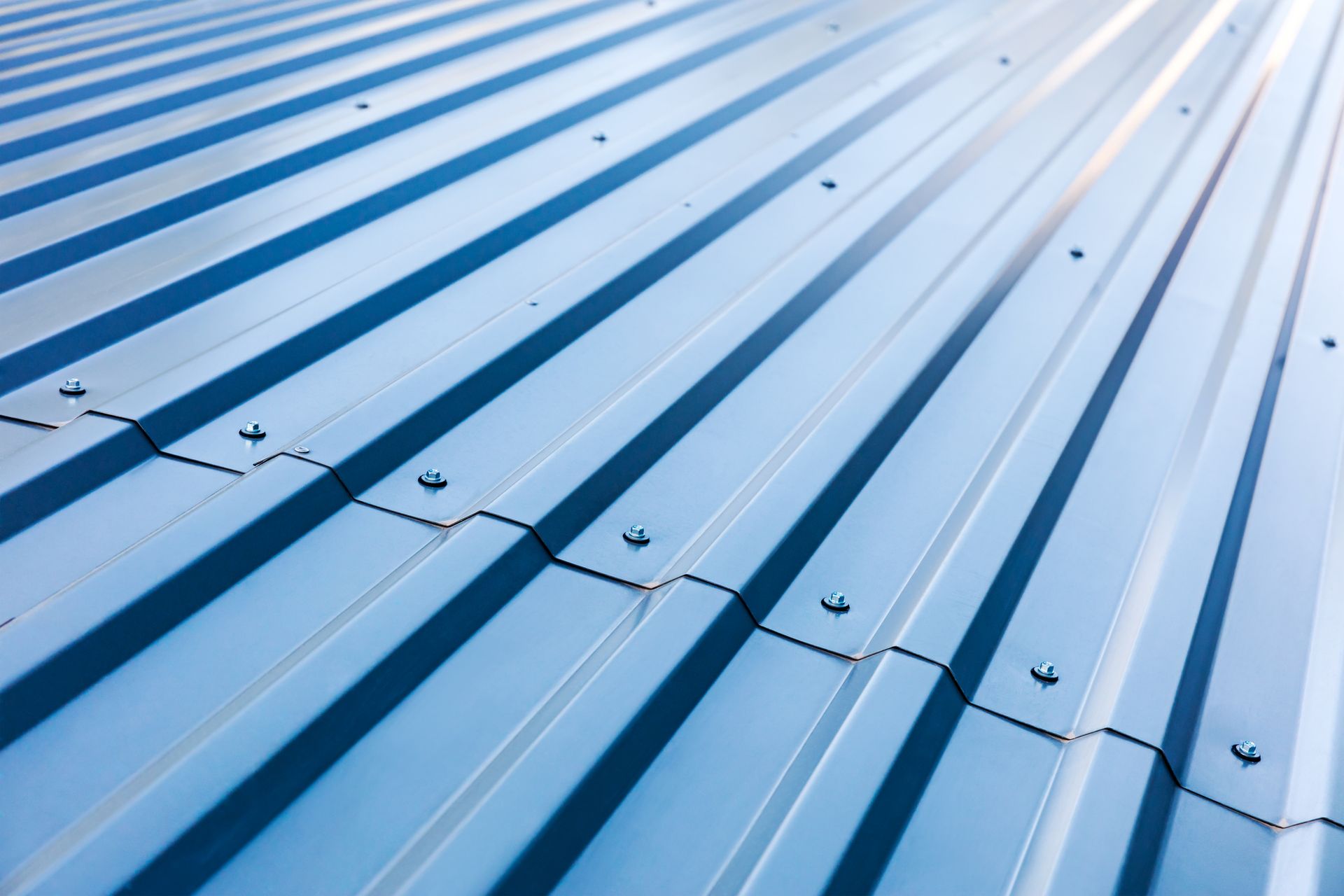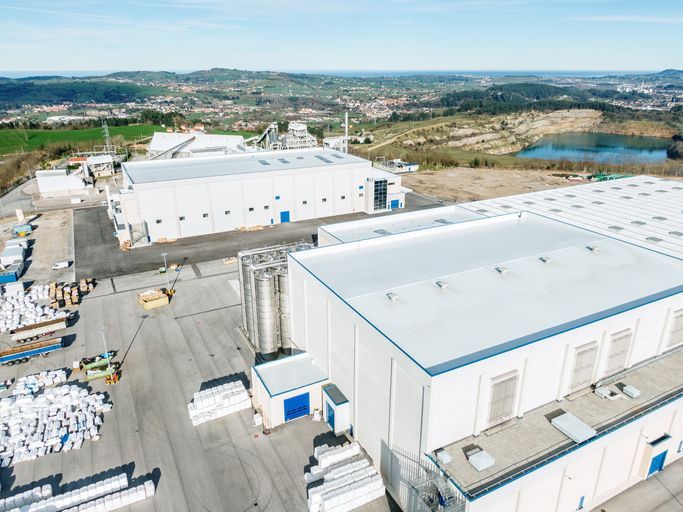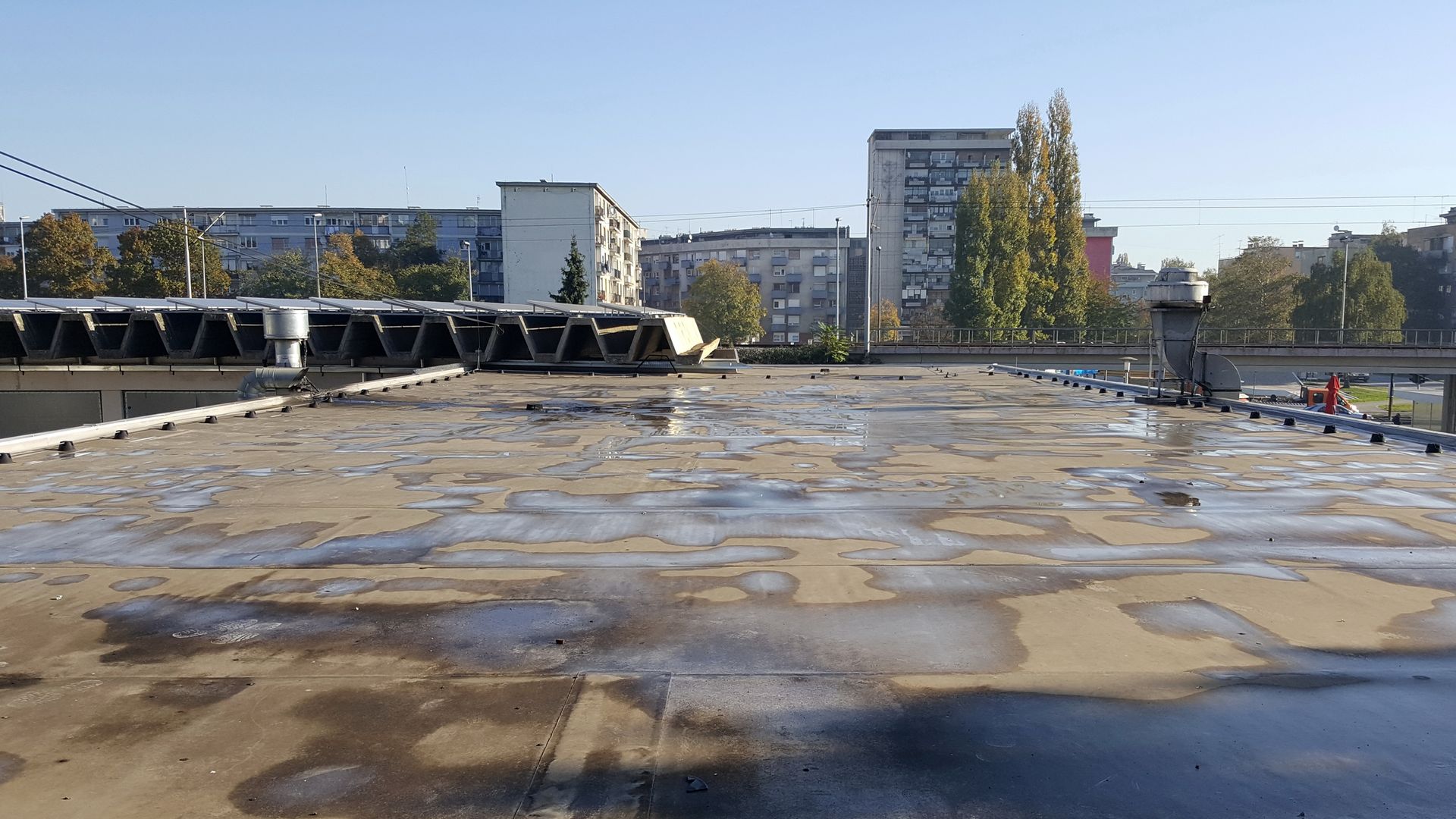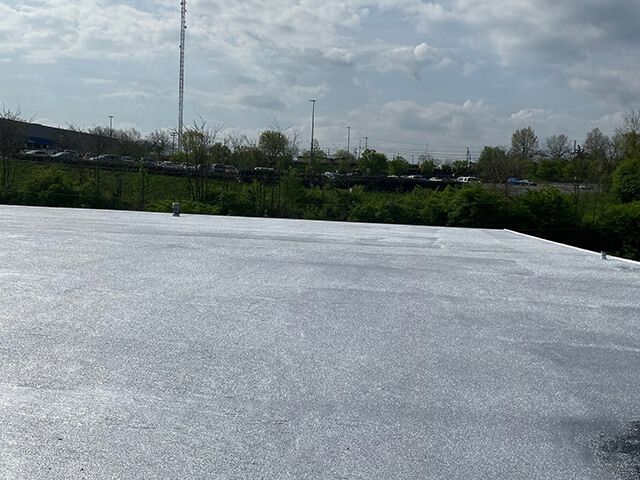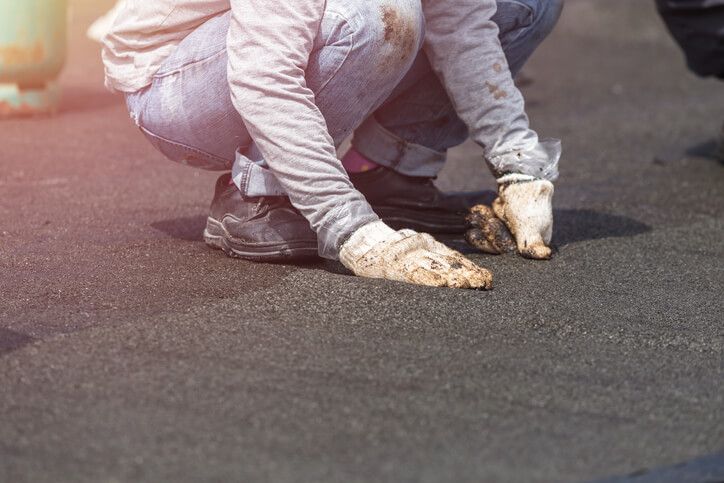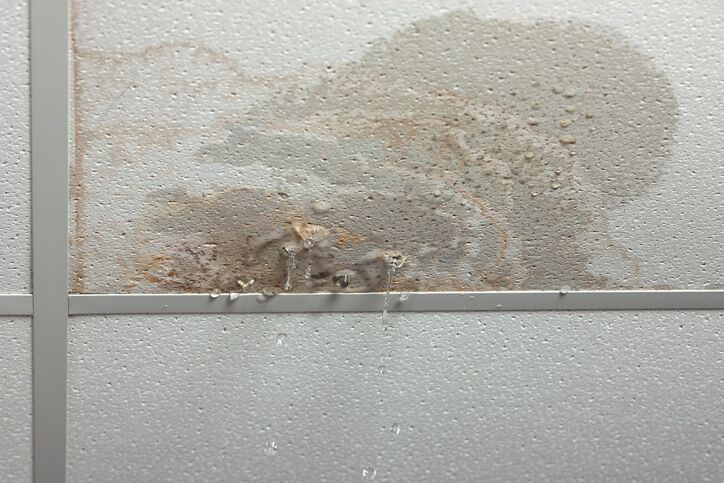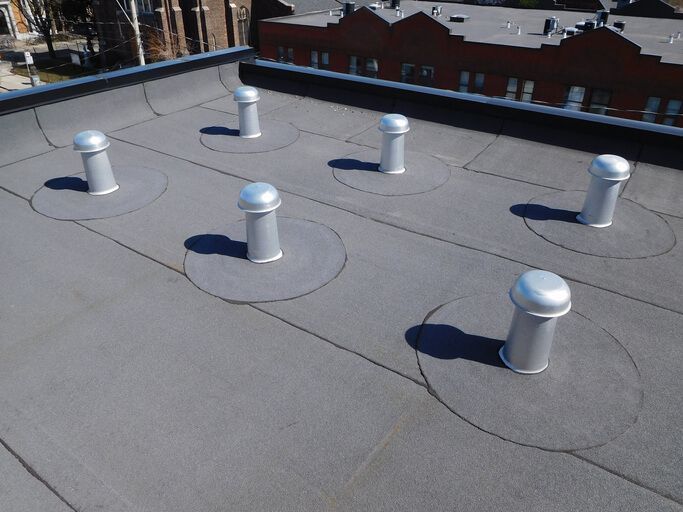Roofing for Extreme Conditions: Best Practices for Mines and Mineral Plants

When it comes to maintaining a safe, efficient, and durable work environment, nothing can be underscored more than the structural integrity of the facilities, particularly in the mining and mineral plant industry, where the stakes are high and the environment is unforgiving. To ensure the smooth functioning of these critical facilities, owners must invest in roofing systems engineered for resilience and longevity in the face of extreme environmental conditions.
Amidst the abrasive nature of mining and mineral processing, ordinary roofing solutions just won't cut it. This in-depth guide will walk you through the specialized world of roofing for extreme conditions within the mining and mineral plant sectors, revealing the cutting-edge monolithic roofing systems pioneered by ACR1 and the best practices associated with ensuring peak performance in these intense environments.
Challenges in Mining and Mineral Processing Facilities
Mining and mineral processing facilities are among the harshest and most demanding industrial settings. They face an array of environmental stressors like heavy machinery-induced vibrations, exposure to corrosive materials, and fluctuating climatic dynamics. Failure in any component, especially in core structural elements like the roof, can lead to catastrophic events, compromise worker safety, and result in substantial operational downtime and financial losses.
In these high-stakes settings, a roofing system is more than just a weather barrier—it's a critical component that supports the very fabric of the operation. From underground mines to open-pit quarries and from smelting plants to material handling facilities, every square foot of these landscapes requires strategic fortification through innovative roofing practices to withstand the relentless onslaught of nature and human industry.
ACR1 Monolithic Roofing Systems
Leading the charge with revolutionary roofing technology, ACR1 has developed monolithic roofing systems that are at the forefront of industrial roofing solutions. These systems are seamless, leveraging the latest in polymer science and material engineering to create a roofing solution that is as tough as the environments it's meant to endure.
The principle behind ACR1's monolithic roofing systems is simple in its elegance—seams, and joints, traditionally the weakest points in any roofing structure, are eliminated. The result is a roof that presents no susceptibility to water ingress, heat loss, or wind uplift, making it impenetrable and impervious to the extreme conditions found in the mining and mineral processing domain.
Durability and Protection
In order to serve the industrial behemoth of the mining and mineral processing sector, durability and protection are paramount. ACR1's monolithic roofing systems are not just conceptually stronger; they are physically fortified with state-of-the-art materials engineered to resist the forces that would destroy traditional roofing methods.
These systems are constructed using polyurethane, polyurea, or silicone compositions, each selected for its unique characteristics that meld into a comprehensive defense against corrosive elements and abrasive interactions. These materials boast tensile strengths that defy the odds, battling erosion to maintain structural integrity over the long term.
To illustrate the potency of ACR1's accomplishments in durability, consider the case where abrasives and acid rain interact with the roof surface. With traditional materials, degradation is inevitable, leading to a routine and substantial maintenance requirement. With ACR1's monolithic systems, what could erode or damage the roof quickly is instead gallantly repelled, ensuring operational continuity.
Installation Techniques for Mining and Mineral Environments
Installation is not merely a stage in the process of adopting ACR1's monolithic roofs; it is a critical aspect of engineering a solution that matches the formidable context of mining and minerals. Through a fusion of expertise in construction and the specific demands of the industry, the installation techniques have been crafted to bolster the product's resilience against the unique challenges presented in extreme environments.
ACR1's method is more than a set of guidelines; it is a meticulous series of installations underpinned by extensive field experience and a keen understanding of what the harsh conditions demand. This involves specialized surface preparations that allow for optimal adhesion, precise application of the monolithic compound to mitigate the risks of unevenness, and a tailored approach that accounts for the idiosyncrasies of each environment, from the high-altitude caverns to the unforgiving plains.
Maintenance and Inspection Protocols
In the lifespan of any roofing system, maintenance and inspection are the sentinel practices that ensure long-term performance and safety. For ACR1's monolithic roofing systems deployed in the mining and mineral sector, these are not optional chores but proactive disciplines that safeguard against the high stakes of the industry.
ACR1 advocates for scheduled inspections that are rooted in anticipation rather than reaction. The volatile nature of the mining and mineral industry demands predictive maintenance—knowing when an element of the roof is on the verge of deterioration before it does. This is accomplished through a series of visual checks, non-destructive testing, and routine examinations that form a layered defense against the unexpected.
Commitment to a thorough maintenance plan with ACR1's monolithic roofing system is insurance against far more than simple degradation—it is security against a domino of potentially devastating consequences. In this light, maintenance takes on a mission-critical stature, providing the vigilance necessary to avert disaster and maintain an operational edge in this competitive domain.
Work with ACR1 Commercial Roofing Today!
The discourse on roofing in extreme industrial settings is an intricate and pressing matter for any operation within the mining and mineral plant sector. ACR1's monolithic roofing systems serve as a testament to the capacity for innovation to be sown into the most essential elements of structural design. It is through this invention and the robustness of the practices that support it that the mining and mineral industry can carve a path toward efficiency and safety amidst the unparalleled rigors they face.
Investing in a roofing system for mining and minerals is an investment in the very core of your operation, and no compromise can be made when it comes to this vital component. With the celebrated track record of success that ACR1 affords its clients and the testament of its streamlined, sophisticated solution, it is a partner that stands ready to fortify the industry's future against the extremities of the present.
For those who recognize the critical importance of roofing in the mining and mineral processing field and are seeking the pinnacle in industry-tailored solutions, ACR1's monolithic roofing systems are not just an option—they are a mandate. The future of industrial roofing is here, not just in concept but in the solid, seamless construction that is redefining the industry's expectations and setting the bar high for performance and safety in the face of nature's most unyielding terrains.
To initiate the conversation on how ACR1 can bolster your roofing infrastructure in the mining and mineral sectors, reach out to our team today and take the first step towards a safer, more secure future for your industrial endeavors.
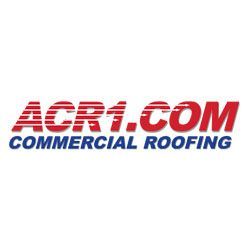
Author:
Floyd Mason
Born and raised in farming in Iowa
Worked in and around construction since 1977
BS in Corporate Finance and Financial & Estate Planning from Brigham Young University. Involved in Boy Scouts of America for more than 35 years, Scoutmaster 15 years Estimator, Project Manager, Sales Representative, Crew Leader, Laborer, Territory Manager, District Manager, Regional Manager, National Sales Manager,
ACR1.COM Sales & Marketing Manager since 2013.
